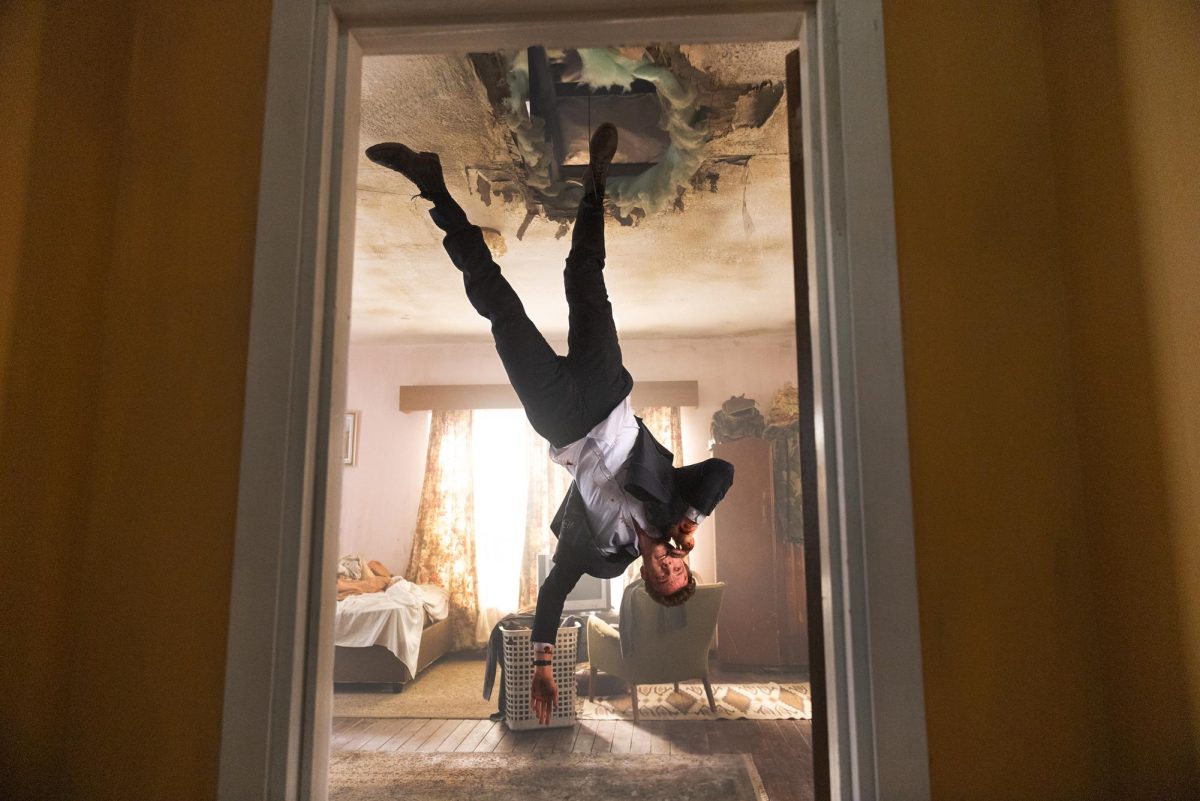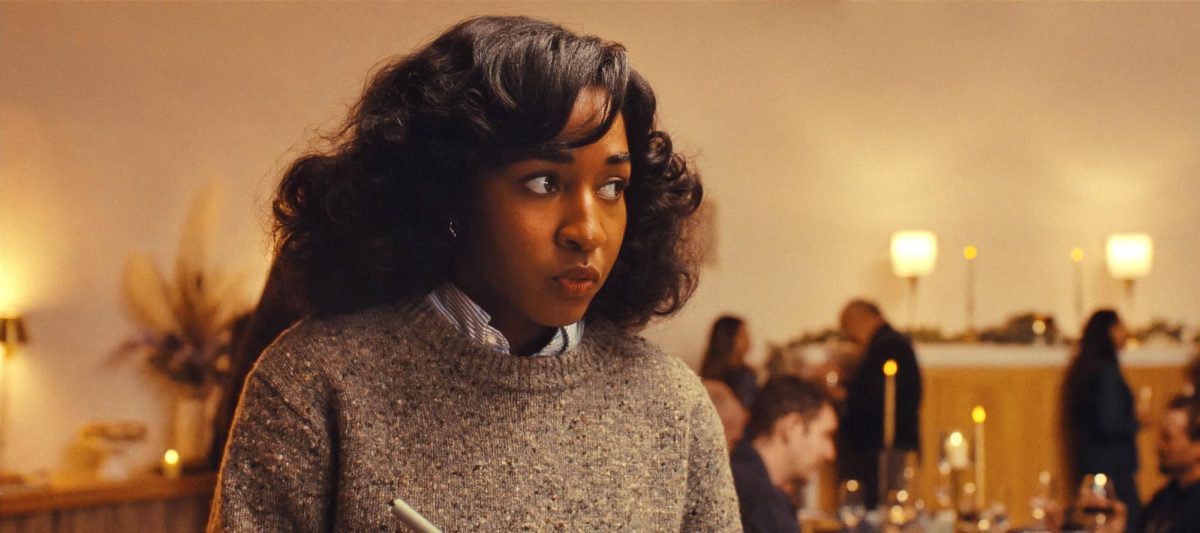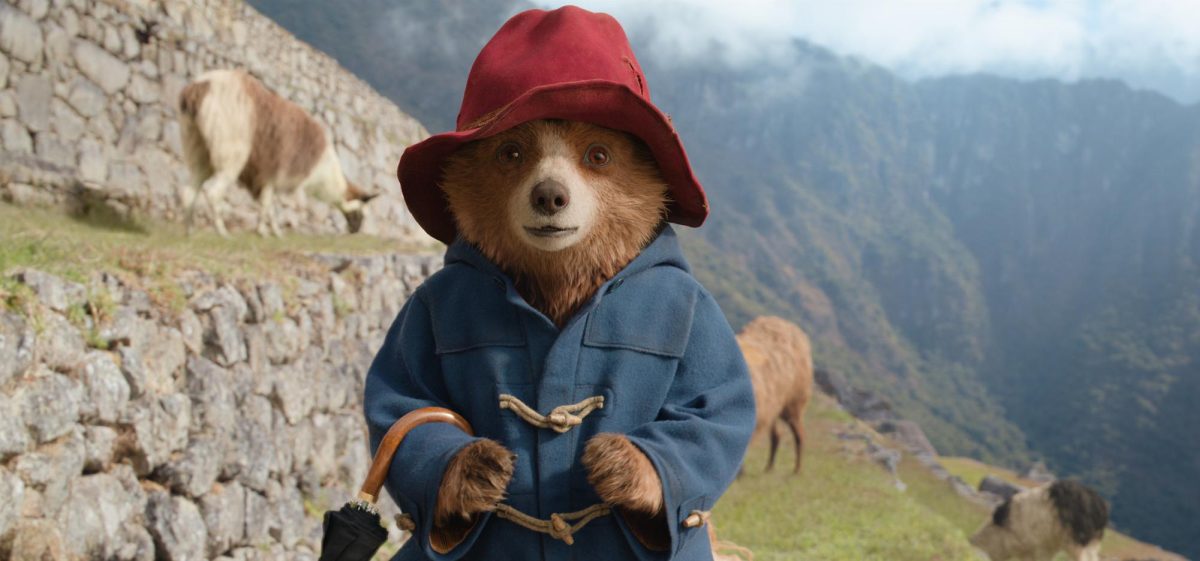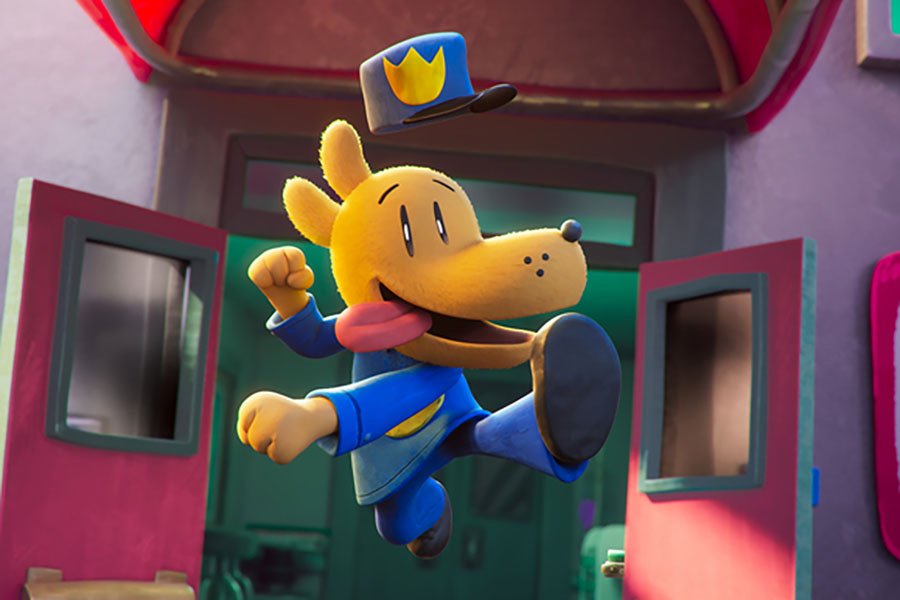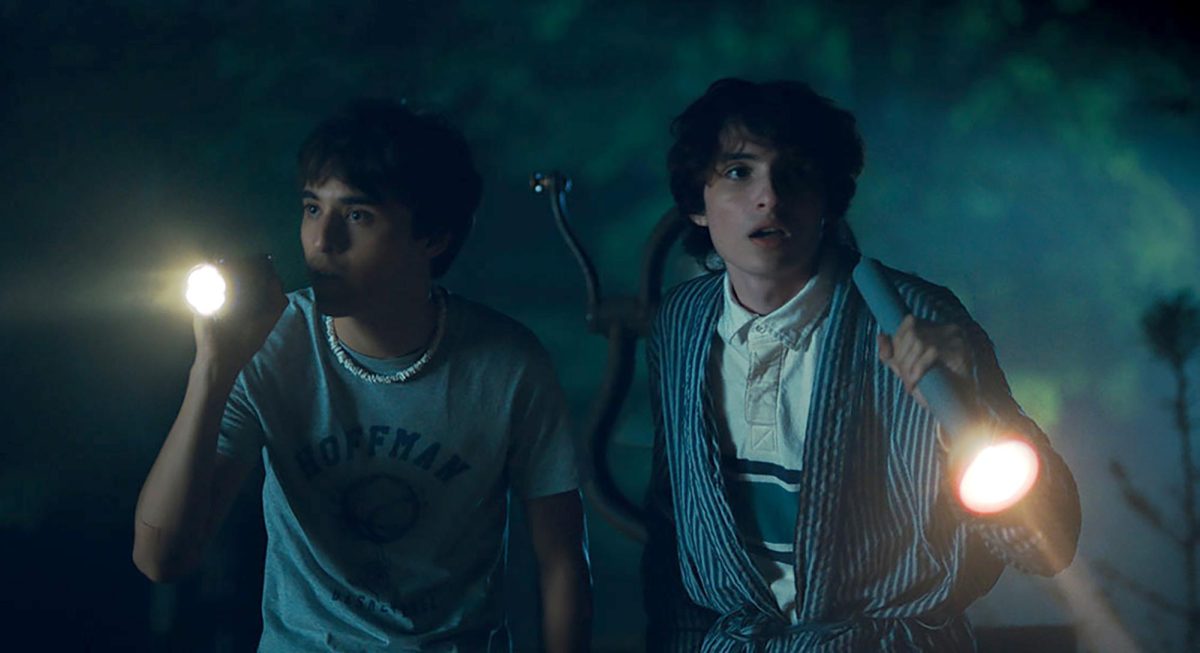Steve Coogan and Rob Brydon return for a second round of food, laughs and gentle melancholy in Michael Winterbottom’s “The Trip to Italy.” Wasting no time, the film immediately places the pair in the stunning Italian countryside, where they exchange humorous celebrity impressions, sporadically quote the works of Lord Byron, riff on an Alanis Morissette CD and converse over high cuisine. A quick couple of lines toward the beginning cleverly acknowledges the dubiousness of a sequel, and with that self-aware wink, the table is set for a hysterical travelogue of sorts that gradually becomes something more.
It has been three years since the duo toured the north of England in “The Trip,” but nothing has been lost in the sharpness of the pair’s banter. If anything, the two are better than before, which is quite an achievement, especially considering the film hinges on their comedic chemistry. “The Trip to Italy” is structurally similar to its predecessor, centering on a series of conversations taking place in high-end restaurants as well as a variety of picturesque outdoor locations. It doesn’t concern itself with plot points or colorful set pieces and because of this, it heavily relies on its lead performers to both entertain and convince the audience of the characters’ rapport.
Coogan and Brydon play lightly fictionalized versions of themselves, and their scenes together are casual — never judgmental or urgent in nature. Whether it’s over delectable Italian dishes or during a car ride along a winding seaside road, the actors’ dialogues are a joy to experience. Being a couple of highly successful comedians, they playfully degrade each other’s celebrity, take part in frequent one-upmanship and joke about the realities of their lives. Much of it is improvised and, aided by the duo’s impeccable timing, the chats progress naturally. However, underneath the good-natured ribbing is a slight sense of sadness and insecurity that is skillfully weaved into the film through reflective solo scenes with each actor.
Aside from a handful of poignant observations made in their scenes together, it is these sequences, in which they are alone on the phone with a loved one or sitting in their individual hotel rooms, that the characters’ hang-ups concerning relevancy, aging and legacy come to the forefront. Winterbottom treads lightly in these areas, as well he should: The comedy is the meat of the film but also the mask of greater drama that is best left a supportive element. Any more emphasis on the drama would overwhelm the humor, violently clashing tones and likely undoing the subtle effect the film’s drama possesses. Fortunately, this is not the case, and the film benefits from Winterbottom’s laid back approach.
Standing almost level with the comedic interplay in prominence are the food and breathtaking locations. Although not as intensely scrutinized as the cuisine in the first film, the dishes prove to have a certain star power in the picture. There are infrequent cutaways to the preparation of dishes, and when the food is finally served, the camera lingers on it, momentarily drawing attention away from the actors to focus on the mouthwatering creations. The film becomes less and less about the food as it goes on, but its inclusion sensually enriches the film, and the aesthetic impact is undeniable.
Similarly, the multi-layered landscapes and gorgeous Italian vistas impose themselves on the story, heightening the film’s observant, touristy sensibility while also serving to inform the mood of a scene and its characters. The key difference between the fine dining and the scenery is that while the feasting gradually recedes, the land develops into a more important, thematically symbiotic element. Occasionally blended with operatic music, the sea, the hills, the beaches, the cemeteries and the cobblestone roads of the old world work as more than just backdrops. They are visual signifiers of our main characters’ troubles and philosophical talking points.
A loose story of two friends touring the cultural and historical riches of a foreign land, “The Trip to Italy” is a film of simple pleasures. It only suffers from an overlong runtime that slows down the proceedings toward the middle, but this is a small hindrance to an otherwise solid entertainment. Far from revelatory but packing enough dramatic heft to be taken seriously, Winterbottom’s film improves upon “The Trip” and even works as a standalone delight.








